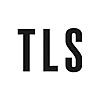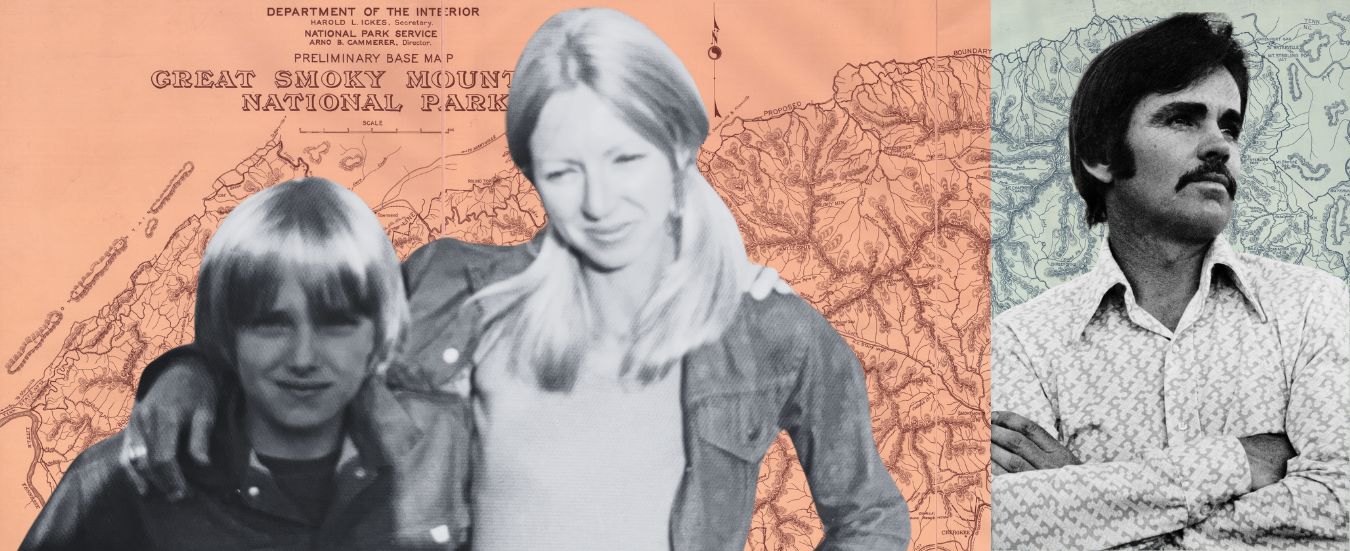Letters exchanged between scientists have always been an essential tool in the communication of research, acting as short formal statements of recent results, as avowedly impartial in tone as long papers – this much is clear in the titles of academic journals such as Physical Review Letters. But the letters in this anthology are the flipside to those impersonal ones, tending towards the private, the informal and the emotional. They’re grouped into ten chapters according to loose themes such as “innovation”, “experimentation”, “competition” and “breakthrough”; Hugh Aldersey-Williams’s summaries and introductions provide essential, if sketchy, context to letters by Charles Darwin, Alan Turing and Marie Curie, as well as others not so well known outside their fields of expertise.
One of the earliest included was written by Johannes Kepler in 1616. In desperate defence of his mother, who was charged with witchcraft, he criticizes “the dung heap of suspicion, slander and gossip” spread by her accusers. It’s a reminder that even as Kepler’s work characterizing planetary orbits helped to distance astronomy from its astrological roots and transform it into an empirical science, contemporaneous society was subject to powerful anti-modern forces.
Albert Einstein makes a few appearances; in 1911 he wrote to Curie to offer support after her affair with her married colleague Paul Langevin had become public knowledge, leading to her being shunned by other colleagues. Other letters indicate negative attitudes towards women scientists. Maurice Wilkins, winner of the Nobel prize with Francis Crick and James Watson for the discovery of the molecular structure of DNA, referred disparagingly to his erstwhile colleague Rosalind Franklin a number of times: in 1953 he commented “We have got rid of the young woman who was monopolising much of our data”. In fact, she was responsible for producing that data.
Even when their subject matter is apparently dispassionate, the physical nature of letters can contribute to their emotional impact; the facsimile of Stephen Hawking’s letter to his colleague Charles Misner about the nature of singularities in space-time shows almost illegible handwriting, a symptom of his degenerative illness. Other letters might be easier to read, but are complicated to parse; the letter addressed to President Roosevelt in 1939 arguing for a US-led atomic bomb project, signed by Einstein, was in fact a collaboration, written with the important input of the Hungarian physicists Leo Szilard and Eugene Wigner.
Such a wide-ranging but short anthology inevitably feels lacking in places. The only British prime minister to date to have been a trained scientist was Margaret Thatcher; it might have been interesting to read her views in the chapter on the relationship between science and the state.
The post Putting pen to paper appeared first on TLS.

 By Times Literary Supplement | Created at 2024-11-20 16:49:32 | Updated at 2024-11-21 19:02:40
1 day ago
By Times Literary Supplement | Created at 2024-11-20 16:49:32 | Updated at 2024-11-21 19:02:40
1 day ago








